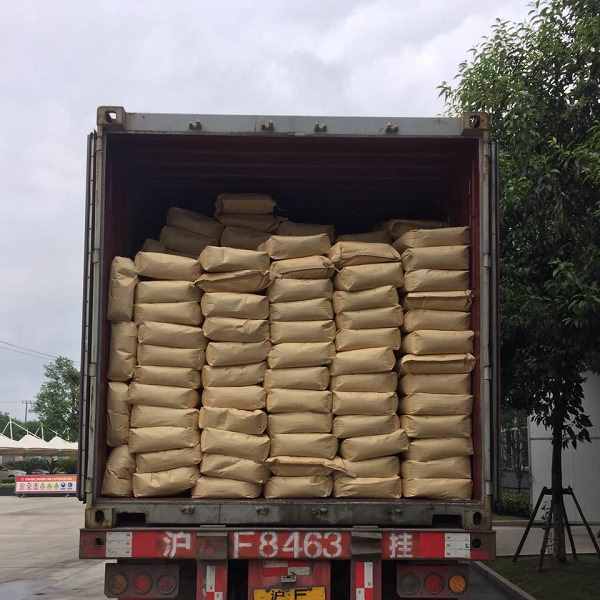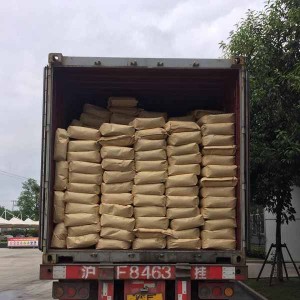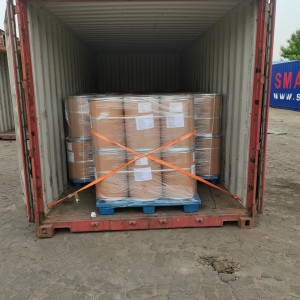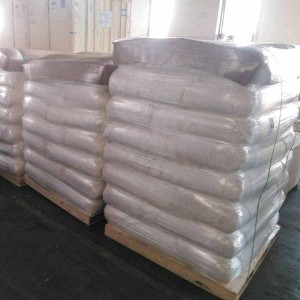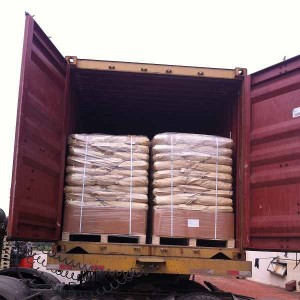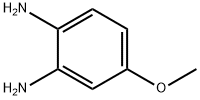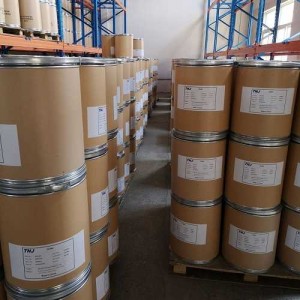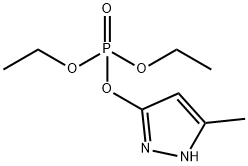CAS 144-62-7 Oxalic acid
Oxalic acid CAS 144-62-7 is an organic compound with the chemical formula H ₂ C ₂ O ₄. It is a metabolic product of living organisms, a binary medium strong acid, widely distributed in plants, animals, and fungi, and plays different functions in different living organisms. Research has found that over a hundred plants are rich in oxalic acid, with spinach, amaranth, sugar beet, purslane, taro, sweet potato, and rhubarb having the highest content. Due to its ability to reduce the bioavailability of mineral elements, oxalic acid can easily form calcium oxalate with calcium ions in the human body, leading to kidney stones. Therefore, oxalic acid is often considered an antagonist to the absorption and utilization of mineral elements. Its anhydride is carbon trioxide.
Chinese name: oxalic acid
Foreign name: Oxalic acid; Ethanedioic acid
Nickname: Acetic acid
Chemical formula: H ₂ C ₂ O ₄
Molecular weight: 90.0349
CAS login number: 144-62-7
EINECS login number: 205-634-3
Melting point: 189.5 ℃
Boiling point: 365.10 ℃
Density: 1.772 g/cm ³
Appearance: Colorless monoclinic sheet shape
Flash point: 188.79 ℃
Chemical property
Oxalic acid, also known as oxalic acid, is widely present in plant-based foods. Oxalic acid is a colorless columnar crystal that is easily soluble in water but not in organic solvents such as ether,
Oxalate has a strong synergistic effect and is another type of metal chelating agent in plant-based foods. When oxalic acid combines with some alkaline earth metal elements, its solubility is greatly reduced, such as calcium oxalate, which is almost insoluble in water. Therefore, the presence of oxalic acid has a significant impact on the bioavailability of essential minerals; When oxalic acid combines with some transitional metal elements, a soluble complex is formed due to the coordination effect of oxalic acid, which greatly increases its solubility [2].
Oxalic acid begins to sublimate at 100 ℃, rapidly sublimates at 125 ℃, and undergoes significant sublimation and decomposition at 157 ℃.
It can react with alkali and undergo esterification, acylhalogenation, and amidation reactions. Reduction reactions can also occur, and decarboxylation reactions can occur when heated. Anhydrous oxalic acid has hygroscopicity. Oxalic acid can form water-soluble complexes with many metals.
Specific purpose editing and broadcasting
Complexing agent, masking agent, precipitating agent, reducing agent. Used in analysis to verify and determine metal ions such as beryllium, calcium, chromium, gold, manganese, strontium, thorium, etc. Microscopic microcrystalline analysis for sodium and other elements. Precipitate calcium, magnesium, thorium, and rare earth elements. Standard solution for calibrating potassium permanganate and cerium sulfate solutions. Bleach. Dyeing aids. It can also be used to remove rust from clothes. Before applying exterior wall coatings in the construction industry, due to the strong alkalinity of the walls, oxalic acid should be applied first to remove alkalinity.
The pharmaceutical industry is used to manufacture drugs such as chloramphenicol, oxytetracycline, tetracycline, streptomycin, borneol, vitamin B12, phenobarbital, etc. The printing and dyeing industry is used as a colorant aid, bleach, and pharmaceutical intermediate. The plastic industry is used to produce polyvinyl chloride, amino plastics, and urea formaldehyde plastics.
Used as a catalyst for the synthesis of phenolic resin, the catalytic reaction is mild, the process is relatively stable, and the duration is the longest. Acetone oxalate solution can catalyze the curing reaction of epoxy resin and shorten the curing time. It is also used as a pH regulator for synthesizing urea formaldehyde resin and melamine formaldehyde resin. Polyvinyl formaldehyde water-soluble adhesive can also be added to improve drying speed and bonding strength. It is also used as a curing agent and metal ion chelating agent for urea formaldehyde resins. It can be used as a promoter for the preparation of starch adhesive using KMnO4 oxidant, accelerating the oxidation rate and shortening the reaction time.
ChemicalCAS.com offers price quotation and technology support of chemical from China. In the quotation from China factory supplier, we will include price terms, payment, lead time, COA, TDS, MSDS etc. We make sure the reliable purchase source and product quality. If you need to buy chemical from China, please feel free to contact sales@chemicalcas.com






